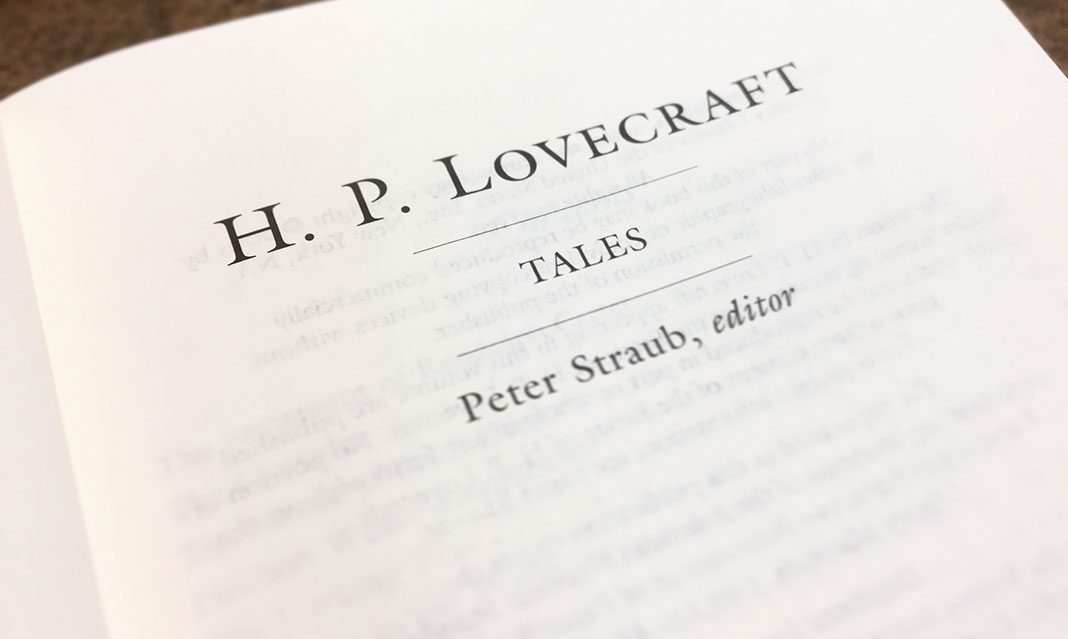Although Halloween has recently passed, the relevancy of horror—and horror literature more specifically—goes beyond that. In ENG239, an upcoming course on horror literature taught by Professor Koenig-Woodyard, the fascination of the monsters and the supernatural is explored. Vampires and zombies are of particular interest in this course.
Offered in the winter semester, the course will be featuring gothic and contemporary textual works by Abraham Stoker, Edgar Allan Poe, Richard Matheson, Stephen King and Stephenie Meyer. Koenig-Woodward said that he will be taking a scientific, historical, and philosophical approach when teaching the course. According to Koenig-Woodyard, some elements of horror literature include fear of pain, fear of the real or imagined, and death. He said that the course will be interested in how language, in different time periods, is used to induce fear.
“In the course, we’ll examine how to make someone afraid with words on a page. Monsters are described in very obscure and ambiguous ways that make something sound half-natural and half-unnatural. It doesn’t fit into easy scientific categories.”
The main focus of the course, however, will be on the socially-constructed idea of monstrosity.
“Monsters vary by culture. The monster is always not you. It’s abject, it’s ‘other,’ it can’t be your faith, species, or feel love. You imagine it as demonic or as animal-like, and you don’t want it to be human,” explained Koenig-Woodyard.
He gives the example of monsters such as Frankenstein and Dracula, who look and emote much like humans, which creates a familiarity with readers. Ultimately, these creatures break scientific rules and behave in ways normal humans would disapprove of.
“Dracula’s interesting because he’s so gentlemanly in Stoker’s novel. He’s all about manners, decorum, persuasive language, and he’s looking for love. Frankenstein is also looking for love. […] Both often sound and emote in just a human-looking enough way, but then they break fundamental scientific and social rules that we wouldn’t approve of,” said Koenig-Woodyard. “Yet, this is where the idea of a monstrosity gets interesting: it frightens us but it also attracts us. It breaks the very rules that we sometimes desire to break.”
Twilight, one of the course readings, I thought, was an odd choice. Yes, although Edward Cullen is vampire, I questioned Koenig-Woodyard on whether Cullen suitably fits the description of a monster as a being capable of eliciting human fear. When I read the book many years ago, I didn’t feel a fear of Edward Cullen in the same way as Shelley’s Frankenstein chilled me. Ultimately, I thought there was a disconnect between Cullen and the contemporary conception of monstrosity.
Koenig-Woodyard explained that, in a way, Cullen can fall neatly into our idea of monstrosity: “In the eyes of the werewolves in the novel, the vampires are monstrous. They are predatory races. What is interesting to note here is the evolution of the monster. The historical story is that humans kill vampires, and then across the twentieth-century, humans start killing vampires less and even live with them—understanding them more. Then, Meyer comes along and writes this book of gothic abstinence—vampires that don’t kill. The threat is always still there, but the vampires are so romanticized that the focus is on desire and longing [and not fear].”
Koenig-Woodyard noted a few examples of the evolution of the monster. In Dracula, humans have the intent to kill vampires. Next, in I Am Legend, there is a possibility of an emerging human-vampire relationship and role reversal wherein in the eyes of the vampire, the last human being is the monster.
When asked why most the course readings pull primarily from a British-American pool of literature, Koenig-Woodyard explained that this was a matter of practicality and tradition. Primarily, Koenig-Woodyard said that it is extremely difficult to hear about, much less find, horror texts outside of the British-American horror canon. Currently, however, Koenig-Woodyard is reading Persian and South-African horror literature with an intent to diversify the course’s content in its next run. He hopes that in the course’s next run, the texts offered will be from a multinational pool of authors.
“These books are harder to find than non-white authors. Sometimes translation is a problem. This summer I really started an effort to find texts well-outside of the canon.”
Some potential multinational texts that may be used include The Marrow Thieves by First Nations author Cheri Dimaline.
“An Islamic vampire should be taught alongside a Christian vampire. But it’s very hard to find these books and movies since it’s not in the mainstream and so, it’s not promoted,” said Koenig-Woodyard, “I say this quite deliberatively because when you go to major bookstores, they have White authors and it’s hard to expand the canon. It’s still pretty conservative.”
“I teach the vampire movie A Girl Walks Home Alone at Night—a Persian vampire movie—and hope to teach the South Korean zombie movie the Train to Busan, alongside the graphic novel, The Walking Dead,” said Koenig-Woodyard in an email to The Medium, in regard to the diverse texts he is currently and will be teaching.
Koenig-Woodyard will be speaking on the subject of monsters in an upcoming talk “Every Monster Has a Story,” in conjunction with EDSS, on November 14 in Deerfield Hall.



